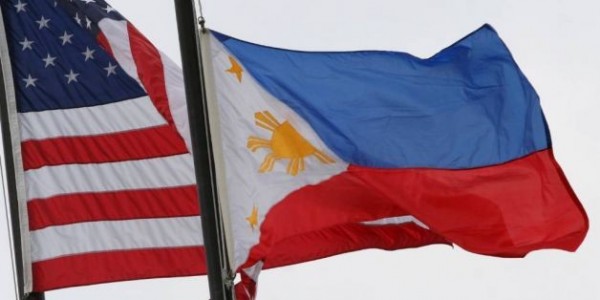
Because some call Filipinos Americans “the invisible minority,” you might think that there are not many of us in the US. We are, in fact, the second largest Asian American ethnic group. That statistic and others are reported in A Community of Contrasts (from the Asian American Center for Advancing Justice) which managed to gather statistics about individual Asian ethnic groups in the US. In the fourth of this series about Asians in America, I highlight key statistics on Filipino Americans, such as how many are unemployed, underemployed, and undocumented.
Population: Second in numbers, First in undocumented
Filipino Americans form a sizable population of 3.4 million, growing 44% from 2000 to 2010. 53% of the Filipino American population is foreign born, lower than many other Asian American groups, possibly caused by a long history of being in US. Of those foreign born, 64% are naturalized. Filipino Americans have the second lowest rate of limited English and lowest rate of linguistic isolation, not surprising because of heavy use of English in the Philippines. Also, many Filipino American parents don’t bother to teach their children Tagalog.
Filipinos Americans like Jose Antonio Vargas make up the largest percentage of undocumented Asian Americans. Undocumented Filipinos are common enough for Filipinos to come up with a nickname for them, “TNT”, which is short for Tago ng Tago (always hiding). 280,000 Filipino were estimated to be undocumented in the US in 2010. I find that number to be staggeringly large.
Crowded Houses and Underemployment
One of the highlights of the study to me was the use of per capita income stats vs household income stats. High household income, a median of $76,455 compared to the national median of $51,369, seems to hint that Filipinos are big spenders. This is an illusion caused by the fact that Filipinos Americans, like many other Asian American ethnic groups, have larger households on average, as per capita income is 4.8% lower than the national average. From 2007 through 2009, Fiilpino Americans had a poverty rate of 6%, much lower than national average of 14%. We have a lower unemployment rate, 6% versus national average of 8% for period during the same period. Filipinos Americans had work in management, professional, and service industries at a higher rate than the national average. This would seem to follow since they have a higher rate of high school completion than the national average and their college completion rate is 46% compared to the national average of 28%.
The report doesn’t go into this subject, but Filipino Americans have a large degree of underemployment. With high school and college completion rates higher than average, you would expect that per capita income would be higher than the U.S. population as a whole. It is actually lower. My personal experience is that many Filipinos work at jobs lower than their training – doctors working as nurses, dentists working as dental assistants, etc. These statistics seem to confirm that.
Filipino Americans have a slightly lower rate than average rate of home ownership. This correlates with my personal experience, as I know many Filipino Americans who have been hit hard by the housing decline. Filipino Americans are more likely to live in overcrowded conditions – 8% versus national average of %3. This is also shown by examining per capita and household income statistics, which would show that Filipinos have larger households then than the national norm. My own experiences align with these numbers – I live in an extended family household that has three wage earners, and had as many as four wage earners when The Daughter was at home and working.
Mixed Race: Perhaps not such a good statistic
I had mixed feeling about the statistics on mixed race. Filipinos 22% of Filipinos claim to be multiracial, compared to 18% of all Asian Americans and 3% of all Americans. Filipinos historically intermarried and many are mixed racially before the come to the US. My children, from The Wife’s side, have Spanish ancestry. When my wife would go out with Number One Son in particular, she would often be asked if his father was white. One of Number One Son’s friends, after seeing me, thought that he was adopted because he was much lighter than me. While technically I suppose that he is mixed race, I marked our census form that we are all Filipino.
Filipino American Statistics: Good to see the deaggregation
After looking at these statistics, I appreciated that “Asian American” statistics were deaggregated. The statistics cited generally confirm my own experiences, I hope the Asian American Center for Advancing Justice does a similar report in 2021.
The Asians in America Series:
- Asians in America: An Introduction to the Number
- Asians in America: A Focus on Taiwanese Americans
- Asians in America: The Under-Represented Asian Americans
- Excited
- Fascinated
- Amused
- Disgusted
- Sad
- Angry








